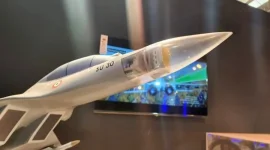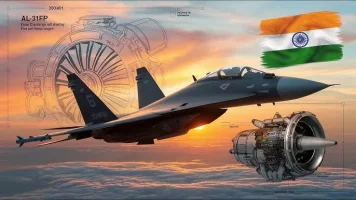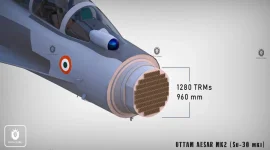- Views: 2K
- Replies: 13
The Aeronautical Development Agency (ADA) has revealed its engine strategy for the Twin Engine Deck-Based Fighter (TEDBF) program. To expedite development and adhere to the projected timeline, the TEDBF will initially be equipped with the General Electric F-414 engine.
This engine, already slated for use in the Tejas MkII and AMCA MkI aircraft, provides 98 kN of thrust and is a proven technology, ensuring the TEDBF can meet the Indian Navy's carrier-based fighter requirements and begin production by 2034.
This decision allows the ADA to avoid potential delays associated with developing a new engine specifically for the TEDBF. By leveraging the existing F-414, the ADA aims to roll out the TEDBF by late 2028 or mid-2029. This strategic choice prioritizes timely delivery of the aircraft to the Indian Navy.
However, the ADA has not ruled out the possibility of integrating a more powerful indigenous engine in the future. GTRE is currently developing a 110 kN thrust engine for the AMCA program. While this engine is not expected to be ready for initial production of either the AMCA or TEDBF, it could be incorporated into the TEDBF at a later stage.
Once the GTRE's 110kN engine successfully completes its developmental flight trials, the Indian Navy could choose to retrofit existing TEDBF aircraft or utilize the new engine in subsequent production batches. This decision will depend on several factors, including the engine's performance, reliability, and production capacity to support both the AMCA and TEDBF programs.
The ADA's approach demonstrates a commitment to both timely delivery and technological advancement. By initially utilizing the reliable F-414 engine, the TEDBF program can maintain its ambitious schedule. At the same time, the potential integration of the indigenous 110kN engine ensures the TEDBF can benefit from future advancements in engine technology and potentially enhance its operational capabilities.



